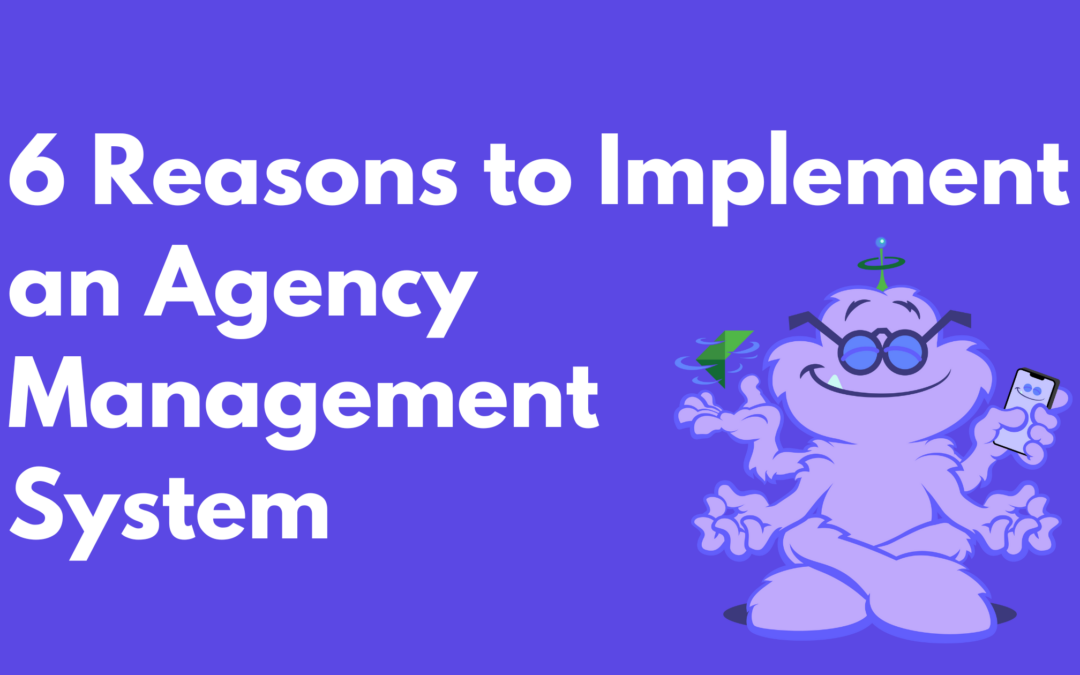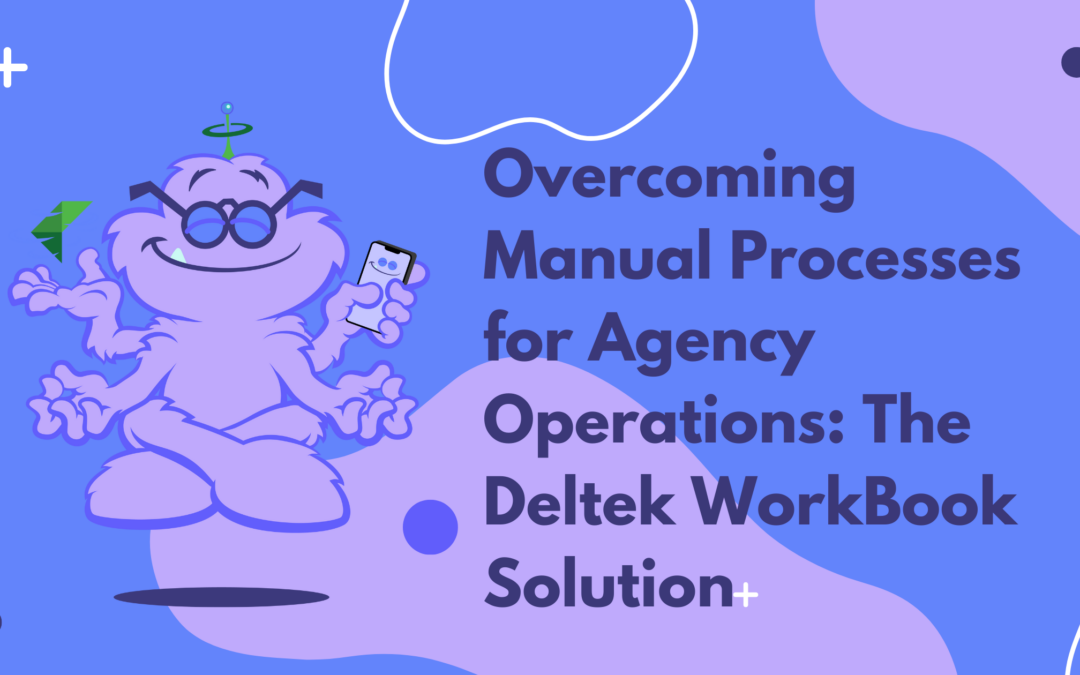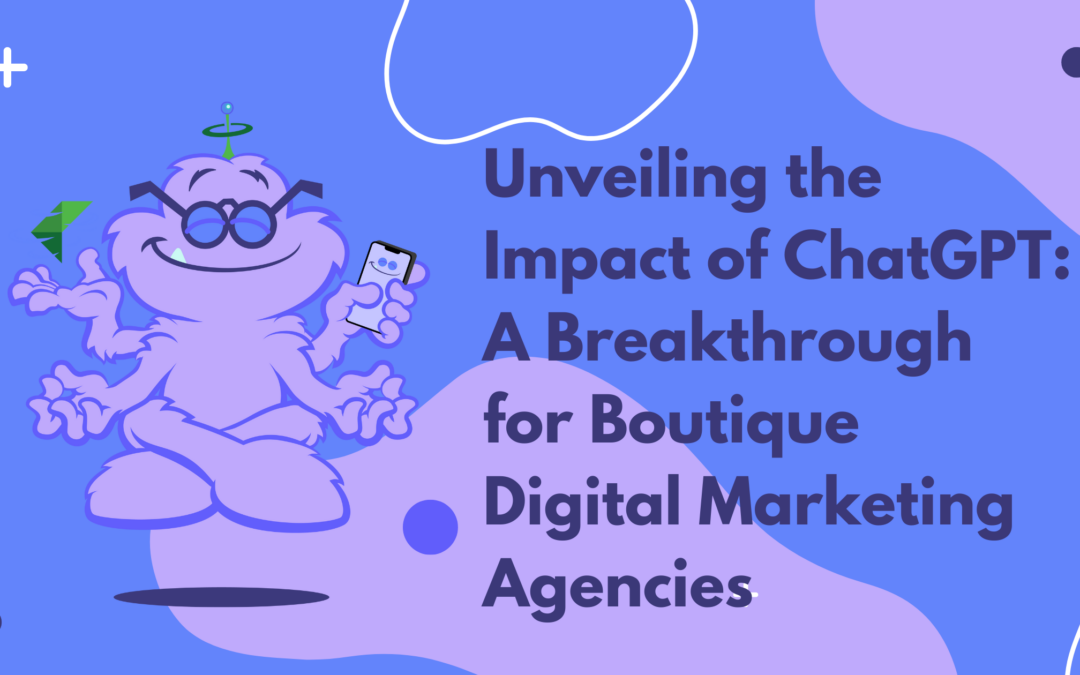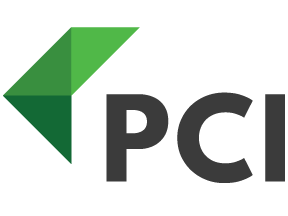
by Rebekah Weiner | Apr 24, 2024 | Deltek WorkBook
Are you currently struggling to manage your agency’s workload due to a mountain of paperwork and inefficient manual processes? If so, you’re not alone. Investing in an agency management system can be a game-changer in terms of saving your valuable time and...

by Rebekah Weiner | Apr 12, 2024 | Deltek WorkBook
Marketing and PR agencies know too well how cumbersome manual processes can daunt the usual hustle and bright creativity of their businesses. In the fast-paced world of digital marketing and public relations, agency operations can quickly turn from a stream of ordered...

by Rebekah Weiner | Apr 5, 2024 | Deltek WorkBook
In the bustling world of marketing and creative agencies, staying ahead of the game is paramount. This can be particularly challenging for smaller agencies that often have to juggle multiple roles and lack the manpower of larger corporations. Enter Deltek WorkBook...

by Rebekah Weiner | Mar 29, 2024 | Deltek WorkBook
If you’re a newsletter enthusiast, you likely have a designated folder in your inbox overflowing with content from top marketers, brands, and companies around the world. But if you’re not yet convinced of the benefits of newsletters; we’ve got a list...

by Rebekah Weiner | Mar 7, 2024 | Deltek WorkBook
In the dynamic landscape of modern digital marketing, the emergence of ChatGPT has brought forth more than just buzz and curiosity. More and more agencies are adopting the AI tool for brainstorming and once meticulous tasks, no one wanted to do. Let’s explore some of...






